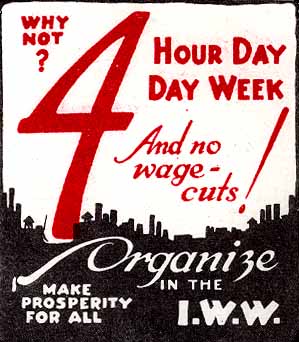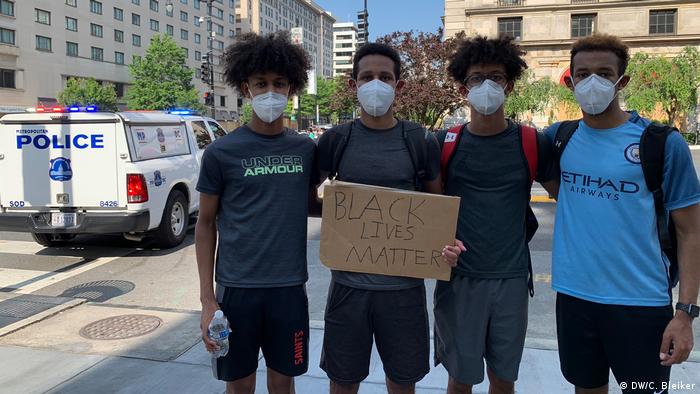USA
Why the Shockingly Good Jobs Report Might Be Bad News
On Friday, the Bureau of Labor Statistics offered a troubled nation a bit of shockingly good news: The unemployment rate is now 13.3 percent. That’s a higher rate of involuntary joblessness than America ever saw between the end of the Great Depression and the onset of the coronavirus pandemic. But it’s also a significant decline from the 14.7 percent rate recorded in April, and far lower than almost all observers had expected.
Private-sector economists had projected that the U.S. economy would bleed 7.5 million jobs in May; instead it added 2.5 million, according to Friday’s BLS report. What makes these gains especially surprising is that this monthly jobs report was derived largely from surveys taken during the reference week of May 12, before many state-level reopenings kicked into gear.
All this said, the report isn’t as rosy as its headline findings would suggest — and if Congress misinterprets those findings, a pleasant surprise in May could yield devastation in August.
For one thing, in the BLS’s own view, its unemployment number comes with a massive asterisk. The bureau’s jobs survey was not written to deliver clear results in a context where many millions of workers have been sidelined by lockdowns. And this fact has produced a systematic misclassification of workers. The BLS survey offers respondents the option of saying that they are “employed but absent from work” due to “other reasons.” Millions of furloughed workers — who, finding themselves involuntarily out of a paying job, are supposed to be classified as unemployed — appear to have mistakenly assigned themselves to the “employed but absent” bucket. As a result, the bureau believes the overall rate is actually closer to 16.3 percent. This error was present in both the May and April surveys. So, even when properly interpreted, the May report suggests the labor market is moving in the right direction. But the hole we’re digging out of is significantly deeper than official statistics suggest, according to the official statisticians themselves.
The second major caveat is that job growth was wholly attributable to temporarily sidelined workers returning to their old jobs. The number of Americans on “temporary layoff” fell by 2.7 million in May to 15.3 million. But the number of Americans who were outright fired last month — as opposed to being furloughed — is actually 295,000 higher than in April, with 2.3 million workers suffering permanent job losses.
The surprisingly rapid rehiring of the furloughed is a positive sign. It suggests that Congress’s Paycheck Protection Program — which subsidizes small businesses that rehire their workers or avoid layoffs, and which kicked into high gear in late April — is doing its job. At the same time, the fact that government subsidies are responsible for much of the rehiring means that many of these recovered jobs remain at risk. American restaurants brought 1.4 million workers back on staff in May. But consumer demand for dining out remains far below its pre-pandemic level. If Congress allows PPP funds to phase out this summer, while demand remains depressed, then many workers could ultimately find themselves being furloughed then rehired then permanently fired.
Similarly, stimulus checks and enhanced unemployment benefits have helped to promote job recovery by keeping sidelined workers solvent. Last month, personal income in the U.S. actually rose by a record high of 10.5 percent, thanks entirely to massive government transfers. But enhanced unemployment benefits are set to expire in July. Reports this week suggested that congressional Republicans were softening their opposition to extending at least a portion of those benefits, as rising jobless claims appeared to indicate that unemployment was headed above 20 percent. Now that the president is holding celebratory press conferences about the economy’s strength, however, it is possible that the administration’s supply-siders will gain the upper hand, and opposition to further relief measures will harden. If that happens, today’s cause for hope could become tomorrow’s source of despair.


 P
P


